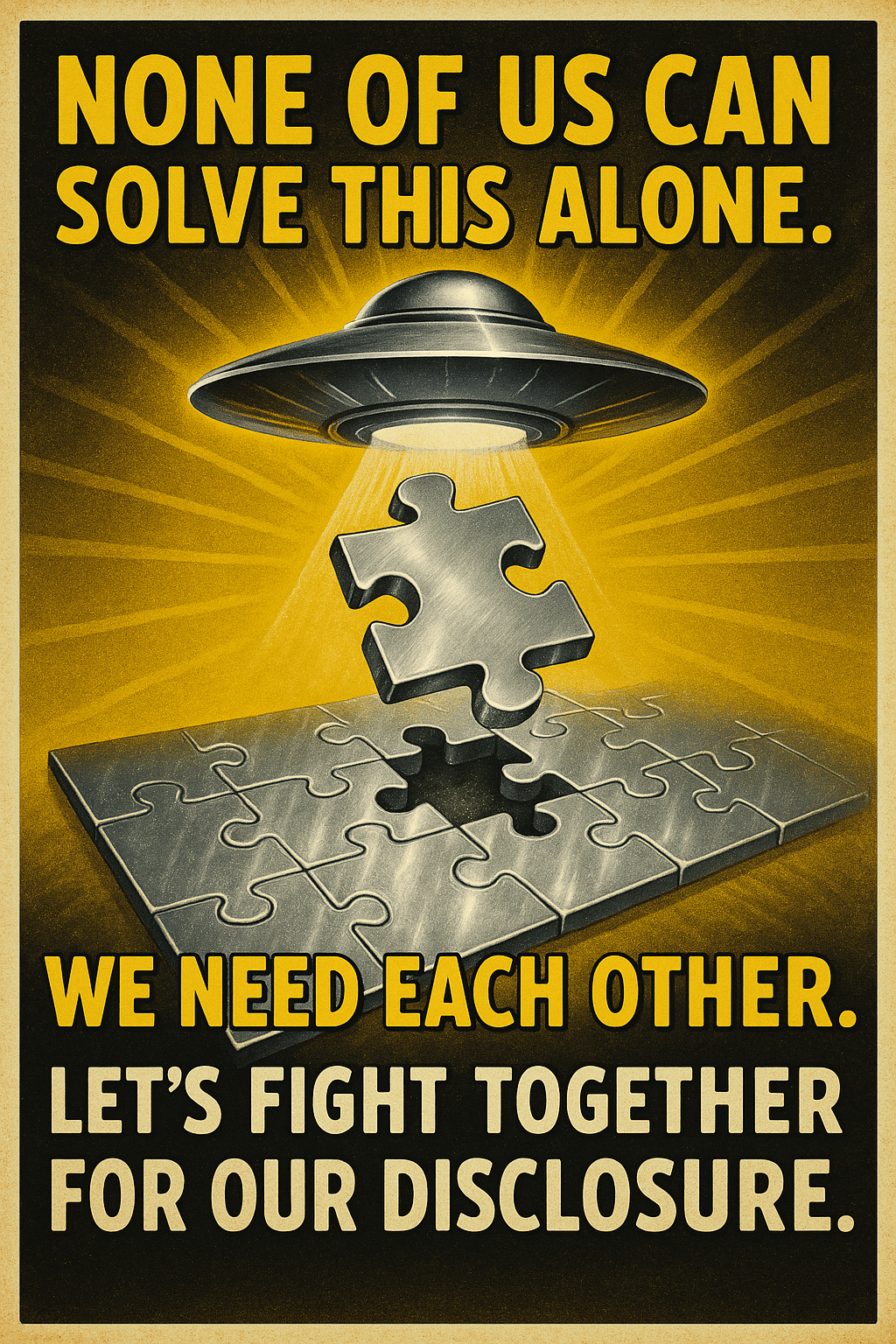John Ratcliffe

John Ratcliffe, a former U.S. Congressman and Director of National Intelligence (DNI) under President Donald Trump, has become an unexpected voice in the growing conversation around Unidentified Aerial Phenomena (UAP), more commonly known as UFOs. Born on October 20, 1965, in Mount Prospect, Illinois, Ratcliffe’s background is rooted in law and politics, but lately, his name keeps popping up in discussions about disclosure and what the U.S. government really knows.
After earning a Bachelor of Arts from the University of Notre Dame in 1987 and a Juris Doctor from Southern Methodist University Dedman School of Law in 1991, Ratcliffe spent years in private legal practice. He later served as Mayor of Heath, Texas, before representing Texas’s 4th congressional district in the U.S. House of Representatives from 2015 to 2020. His career took a major turn in 2020 when he was appointed as DNI, placing him at the helm of the entire U.S. intelligence community.
But it’s what Ratcliffe said after that role that grabbed headlines. In December 2020, near the end of his tenure as DNI, Ratcliffe made one of his first public remarks about the UAP issue in an interview with Fox News. He said, “There are a lot more sightings than have been made public…some of those involve objects that are doing things that are hard to explain. Things that we are observing that are difficult to replicate.”
Just a few months later, in March 2021—after leaving office—Ratcliffe gave a follow-up interview on Fox News where he went even further. He stated that the government has evidence of many more UAP encounters than the public has been told. These weren’t just grainy video clips or rumors—they were backed by radar, satellite data, and trained military observers.
“We’re talking about objects that have been seen by Navy or Air Force pilots, or have been picked up by satellite imagery…that frankly engage in actions that are difficult to explain,” Ratcliffe said.
Some of these objects were observed performing feats that defy the known laws of physics: extreme velocity without a sonic boom, hovering without lift, and maneuvering in ways our aircraft simply can’t replicate. He emphasized that these sightings aren’t confined to U.S. airspace, either—they’re happening around the globe.
In August 2020, while Ratcliffe was still serving as DNI, the Department of Defense created the Unidentified Aerial Phenomena Task Force. Its purpose? To get a better handle on what these craft are, where they come from, and what kind of threat—if any—they pose to national security.
And he wasn’t exaggerating. The official June 2021 UAP report to Congress, which Ratcliffe helped set the stage for, admitted that the majority of cases they reviewed—out of 144—could not be explained using current technology or known aircraft signatures. It also confirmed that these UAPs posed “a safety of flight issue” and “may pose a challenge to U.S. national security.”
Ratcliffe’s UAP remarks didn’t happen in a vacuum. He’s a polarizing figure in American politics. A November 2020 New York Times article described him as a “loyal foot soldier” to Trump, while a December 2020 Washington Post piece called him “a key figure” in Trump’s efforts to challenge the 2020 election results. That political baggage may color how some interpret his comments on UFOs—but the data he referenced stands on its own.
While John Ratcliffe once appeared eager to pull back the curtain on government-held UAP data, his public statements have grown quieter in recent months. In a November 2024 podcast titled “JOHN RATCLIFFE: UFO CZAR?” he was asked directly about extraterrestrial life. Ratcliffe replied carefully: “I can’t talk to you about alien life.”
The comment echoed earlier themes—acknowledging unexplained phenomena while deflecting definitive conclusions. Some have speculated that Ratcliffe’s continued silence in early 2025 stems from national security restrictions, particularly non-disclosure agreements tied to his role as DNI. Others suggest his rumored consideration for future positions—such as a “UFO Czar” or CIA Director—may have put him back under official constraints.
Despite the quiet, Ratcliffe’s earlier efforts to support declassification have kept him at the center of the UAP discussion. His cautious tone underscores the ongoing battle between institutional secrecy and public calls for full disclosure.
John Ratcliffe didn’t kick off the UAP conversation, but he did crank up the volume. By pulling back the curtain just a little more, he gave credibility to what was once considered fringe speculation. Whether you view him as a whistleblower, a political player, or just someone who’s seen things most of us haven’t—his words carry weight. And as the disclosure story continues to unfold, Ratcliffe’s voice will likely keep echoing in the background.


